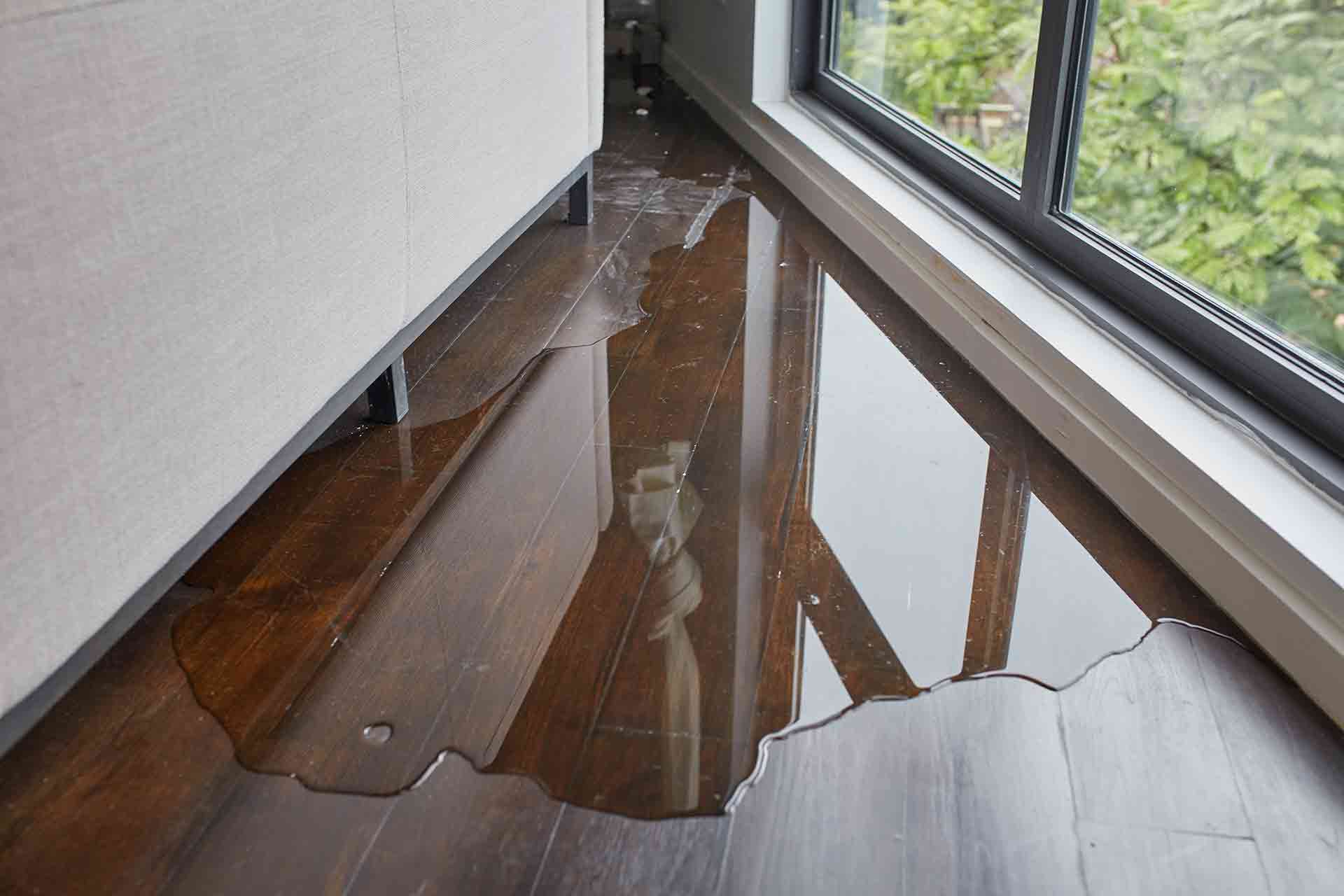Just how do you actually feel with regards to Common Causes of Water Damage in a Bathroom?

The shower room is exceptionally at risk for wet buildup and also possible water damages because of the regular use of water in it. This short article provides simple inspection techniques to help spotting water damage risks.
The regular use of water in the shower room makes it very susceptible for damp build-up as well as prospective water damages. By checking it consistently, you can lower water relevant problems.
The adhering to collection of assessments is simple to carry out and ought to be done once in every three months in order to keep your bathroom in good shape and also to stop possible water problems brought on by the tub, the shower, pipe joints as well as plumbing, sinks, cabinets, and the toilet
Do not neglect doing these evaluations and also be complete while doing them. Keep in mind that these straightforward assessments can save you a lot of cash by offering early signs for water damage
Bath tub as well as Shower
The shower and bath tub need special attention and also upkeep. Check the floor tiles as well as replace if fractured. Make certain that there is no missing cement in between the tiles. Inspect and also change split caulking at joints where the walls meet the floor or the bath tub. Obstructed drains pipes as well as pipes troubles will certainly stop the bathtub from drying out and also might suggest serious troubles underneath the tub. Consult with a specialist quickly to avoid structural damages. Focus on discolorations or soft locations around the tub walls as they might suggest an internal leakage.
Plumbing
Signs for water damages are hard to identify considering that most pipes are installed inside the wall surfaces.
Pay special interest to flooring as well as walls wetness and spots as they may suggest an invisible plumbing trouble. Check wetness levels in adjacent rooms also.
Sinks and also Cabinets
Sinks as well as closets are subjected to dampness and moisture daily as well as are frequently ignored. Evaluate on a regular basis under the sink and on the counter top over it. Fix any drip in the trap as it might suggest drainpipe troubles. Take a look around the sink, slow-moving draining pipes may show an obstructed drain. Replace sink seals if they are cracked or loosened.
The Commode
The commode is a susceptible water joint. Examine the water lines and also search for leaks around the bathroom seat, in the pipe, and under the water tank. If you find any kind of signs of wetness on the flooring around the toilet, check for leaks in the toilet edge and also tank seals.
Understand that hanging bathroom dish antiperspirants increases the possibilities for blockages.
Water Damage Signs In The Bathroom To Avoid Cleanup
Musty smell
This is one of the easiest signs to catch because musty smells are so odorous. The damp, earthy, moldy smell should be a big red flag. The smell will develop when moisture gets trapped in surfaces, and begins to facilitate mold growth. Leaking pipes under cabinets, inside walls, and behind shower fixtures will cause moisture to stay trapped and not dry, which will lead to mold growth and spread. As soon as you notice any musty smells in your bathroom, have it checked for hidden water damage and cleanup signs.
Visible mold
If the smell isn’t there to give it away, sometimes you will actually see mold growth. Finding mold in your bathroom is a serious problem, because mold is very harmful to your health. By the time mold growth is visible, it also means that water damage has already occurred and been present for some time. The only way the mold problem can be resolved is to find the source of the moisture and get it stopped. To safely and adequately remove mold, you need to have professionals handle the remediation. Do not waste any time in getting mold problems addressed, fixed, and sanitized so that you can protect you and your family from the many respiratory symptoms caused by mold exposure.
Damaged floors
Bathroom floors should be able to withstand some exposure to water while still remaining in good condition. However, when excess exposure or water leaks occur, they will begin to damage even the most water-resistant flooring. If you notice any cracking, bubbling, staining, or warping on your bathroom floors, there is probably a water leak somewhere causing the distortion. If you notice areas of the floor have become softer, or even have a spongy feeling, there is probably damage to the subfloor. Subflooring is typically made up of plywood. When plywood is exposed to water or moisture, it will absorb it. Once it has become saturated, the weight of the excess water will cause the wood to swell and soften. Check the floors in your bathroom frequently to catch any of these sings before they lead to damaged subflooring.
Changes on walls
When water leaks behind walls, it will cause changes in the drywall. Peeling plaster, blistering paint, and soggy wallpaper are all good indicators that excess water is building up behind the wall. Water leaking behind drywall will cause it to swell and be soft to the tough. If you start to notice gaps along the trim of your walls, or where tile meets the wall, it could also be a strong indicator that there is a leak behind the wall. Any changes, distortion, or damage on the walls should be evaluated as soon as you notice it to prevent further water damage and cleanup.

I was shown that write-up on How to Prevent Bathroom Water Damage from an associate on a different website. Feel free to set aside a second to distribute this page if you appreciated it. Many thanks for your time. Come back soon.
Rates